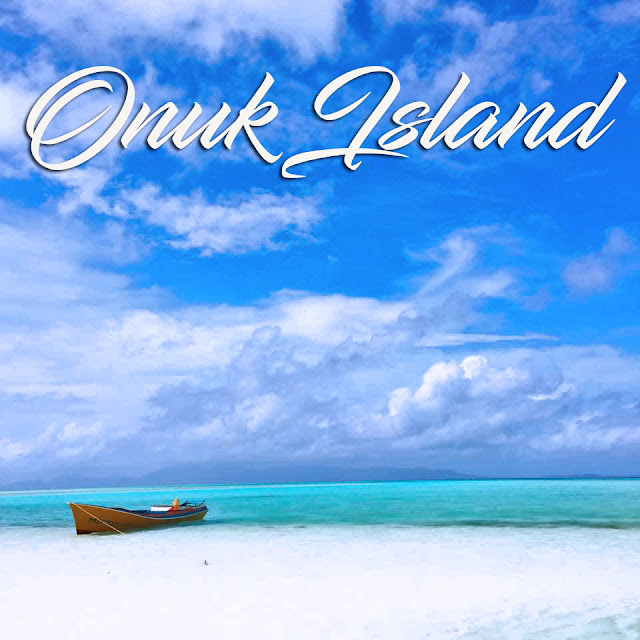OSLOB Whale Shark Watching: Travel Guide - How to go to Oslob from Cebu City
Monday, March 06, 2017
It was not my first time in Cebu but it was my first time at Oslob which is famous for the whale shark watching. Come summer time, thousands of tourists from all over the world visit this place so that they can encounter the gentle giant. It boosted the tourism of Oslob and gave the fishermen and the locals more reasons to earn their living but of course, how will the eco-system cope up with the big number of tourists dropping by, I'm not sure what I should feel when I got the chance to see the whale sharks up close, it was an overwhelming feeling and a bit sad that they're not living in the "wild" the way they should be but I hope the tourists and future travelers who will visit this place will follow strict instructions on how they should go about the tour.
Oslob is a small municipality in the southern tip of Cebu Island, Philippines. It encompasses 21 barangays (villages), including Tan-awan, where the whale shark feeding occurs. Aside from Cebu, you can often embark on the whale shark tours from Dumaguete and Bohol, hence many tourists are not actually sure where the feeding and interaction takes place.
In the 1980s, whale shark hunting was prevalent in the Philippines and researchers recorded at least 627 individuals killed over seven years in the Bohol Sea. Luckily for the whale sharks, the Philippines become one of the first countries in the world to protect them in 1998, by prohibiting the capture, sale, transport or export of whale sharks – whether dead or alive – as well as the wounding or killing of whale sharks.
Whale Shark Watching:
Oslob is a small municipality in the southern tip of Cebu Island, Philippines. It encompasses 21 barangays (villages), including Tan-awan, where the whale shark feeding occurs. Aside from Cebu, you can often embark on the whale shark tours from Dumaguete and Bohol, hence many tourists are not actually sure where the feeding and interaction takes place.
In the 1980s, whale shark hunting was prevalent in the Philippines and researchers recorded at least 627 individuals killed over seven years in the Bohol Sea. Luckily for the whale sharks, the Philippines become one of the first countries in the world to protect them in 1998, by prohibiting the capture, sale, transport or export of whale sharks – whether dead or alive – as well as the wounding or killing of whale sharks.
Whale Shark Watching:
Follow the Guidelines and listen carefully to the instructor:
- Do not touch the shark.
- Do not throw trash into the water.
- Keep a minimum distance of 4 meters from the shark.
- Strictly no-flash photography.
- No feeding from tourists boats.
- Avoid splashing.
- Do not crowd the shark, no more than 6 tourist per shark.
We went at Oslob, Cebu for the whale watching around 2015 and at the time there were really a lot of tourists. It was not even summer that time, it was October and there were like 8 boats floating around. Seeing the butanding or tuki in real life, not in the internet or TV was a priceless experience that I will surely treasure. We stayed there for a couple of minutes (You are required to stay there for only 30 minutes) then we left because we followed the guidelines that we shouldn't stay long so that the whale shark can also explore on its own in the water without any disturbance.
I still hope the number of tourists should be controlled especially come summer time, the fishermen together with the tourism officers are doing their very best to control and discipline the tourists every now and then but we should also be the responsible and taking good care of our surroundings if we want the next generation to experience the beautiful environment we have. I believe this is one of the bucket list of most of the tourists who go all the way to Cebu but always remind yourself to follow the rules, do not be stubborn.
How to go to OSLOB from CEBU CITY:
Go to South Bus Terminal (approximately 1 hour or more depends on the traffic). Ride a CERES bus going to Bato via Liloan and tell the conductor to drop you off at Brgy. Tan-awan in Oslob or just tell him the you're going for the whale shark watching. This is just a long the highway which is why the conductors and drivers know where to drop you off. Travel time is about 3 hours. You should travel really early, we checked out from our hotel at Cebu around 3 in the morning and arrived there around 6 and there are a lot of tourists already.
Fare is around Php 150- 170. depends if aircon or not.
There are resorts in the area where you can eat, drop your things and leave it on a locker then pay Php 150.00 for it then you can also use the shower area and you can change their after the whale shark watching.
The Fees for Whale Shark Watching:
For Local Tourists (Stay in the boats with use of life vests)
Php 300.00
For Local Tourists (Swimming with the whale shark and life vest)
Php 500.00
For Foreign Tourists (Swimming with life vest)
Php 1,000
If you don't have an underwater camera, if it's lowbatt or if you forgot to bring one you can rent one and they will offer it as well for only Php 500.00 they can give you the file via usb if you have one or they will save it via CD.
The whale shark is a protected species in the Philippines and Under Republic Act 9147, an Act for the conservation and protection of wildlife resources and habitats in the Philippines, it is illegal to harass them.
If you plan to get back in the city afterwards, there are several CERES Bus that will pass along the highway, ride the bus going to Cebu City.
Check out the Tourist Destination & Historical Spots in Cebu City:
Enjoy and have a safe trip!























0 comments